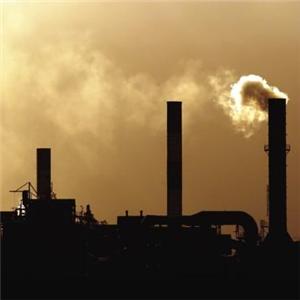
Sunday, May 23, 2010
The Greenhouse Effect

Recycling: The Big Picture
This article bombards the reader with facts such as the ones above, clearly showcasing all the benefits of recycling, and it uses this technique to convince the reader that recycling is not only really important, but also extremely efficient- After all, numbers don't lie. The large amounts of visuals, such as graphs and charts, in this article also help in conveying the large amounts of information in a more engaging fashion for the reader, as not only do people find pictures more interesting, but the bright colors of the graphs really call the attention of the reader and pique his or her interest.
The Last Drop

Solar Power

Small Changes

The article "It Starts At Home", the article from which the above information was retrieved from, tries to appeal to the American public by suggesting that very small changes would make a very big difference in our total carbon footprint. By doing this, people would be more willing to apply these small changes to their everyday life, as they wouldn't have to drastically alter their routine. This is a technique that is employed very often in "green" campaigns, such as recycling movements, etc.
Friday, May 21, 2010
Oil Crisis

Wind Turbines

A wind turbine offers another way to get energy without burning fossil fuels. This is a more efficient way to obtain energy and it is a clean energy source that does not contribute to the climate change because it does not release greenhouse gases into the atmosphere. A wind turbine is a device that generates energy by having wind move the turbine, in the form of electricity. The turbine is highly efficient, as its blades are always moving perpendicular to the wind, which allows it to generate the maximum amount of electricity from said source. There are more than one type of wind turbine, and each one is best suited to the conditions in which it is placed, such as VAWT’s, etc.
The Kyoto Protocol which requires countries to reduce their net carbon emissions has helped spark an increase in wind turbine use across the world, such as is the case of the Wind Farm in the North Sea off Belgium. As of today, the wind turbines are used as a symbol of the environmentally friendly movement, and it is usually used to appeal to the general public. The presence of one of these turbines is usually accepted by the public, because it is usually in areas that are unoccupied, such as the sea and because its helping the environment.
Wednesday, May 19, 2010
www.stopglobalwarming.org

Ways To Go Green

Monday, May 17, 2010
Nissan Leaf

The Nissan Leaf is a new, all-electric, emission free vehicle that is set to hit American markets later this year. The Nissan Leaf is not the fastest or most powerful vehicle by far, but the company has used several techniques to pique consumer interest, and subsequently demand, for this product.
The Nissan Leaf appeals to consumers by implying that it is an environmentally friendly car. The very name of the car, Leaf, connects the car to nature, and consequently, to the environment- in fact, Leaf actually stands for Leading, Environmentally friendly, Affordable, Family car. This advertisement technique is aimed at increasing consumer demand of the product, because even though this vehicle is not as fast or as powerful as other conventional cars, it creates the appeal and satisfaction of helping out the environment.